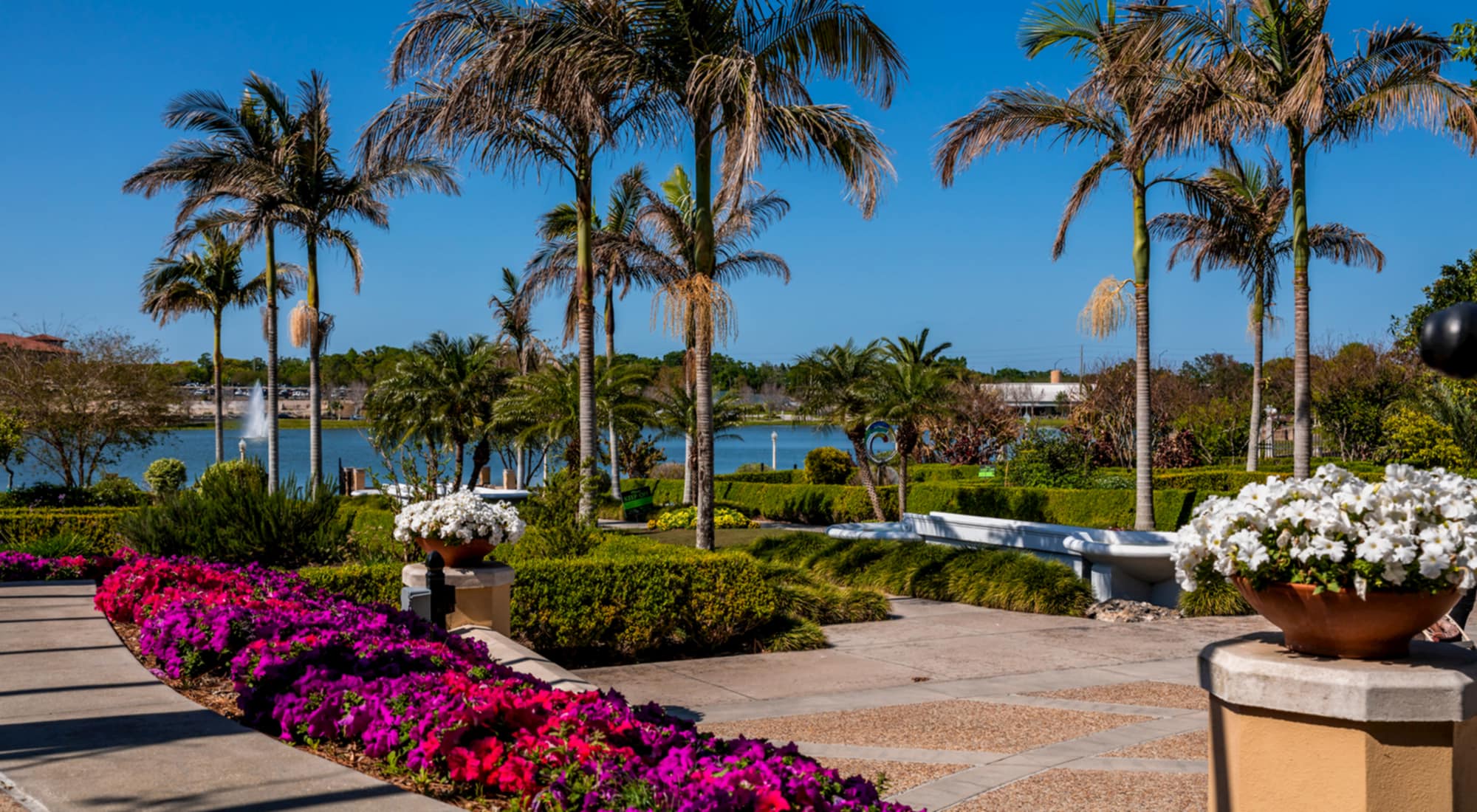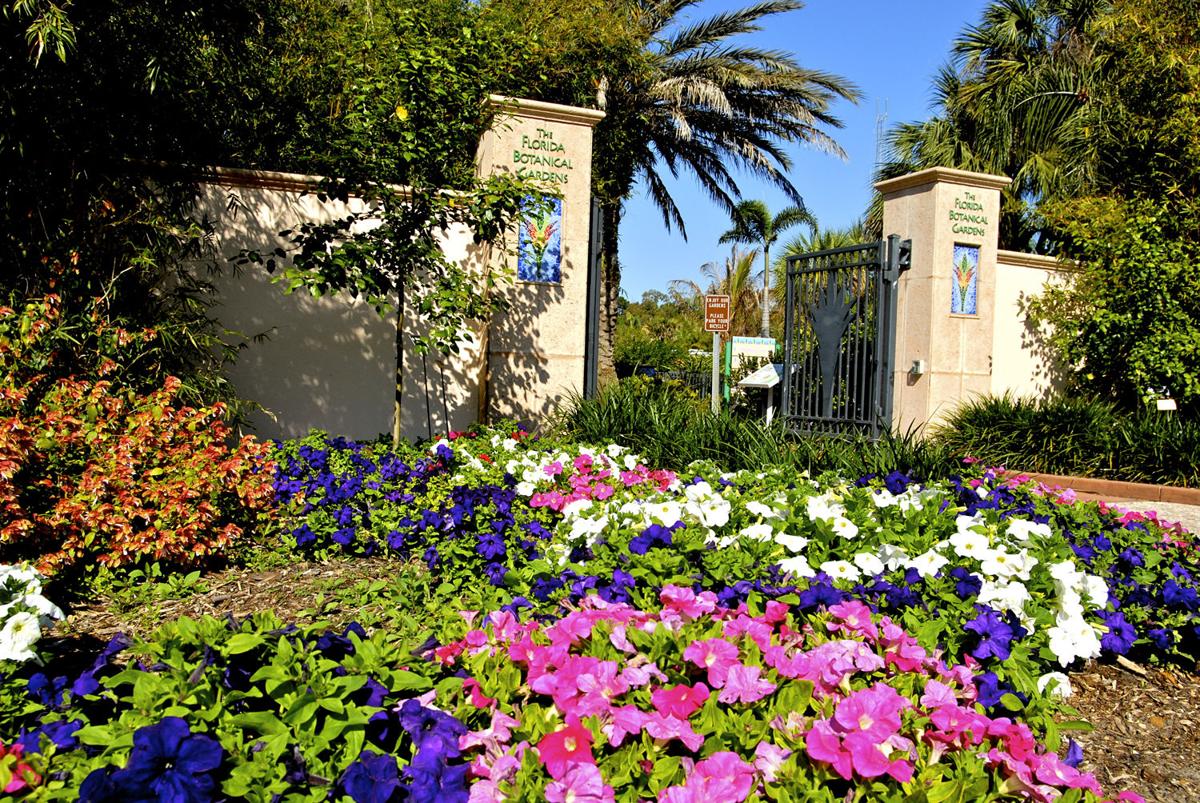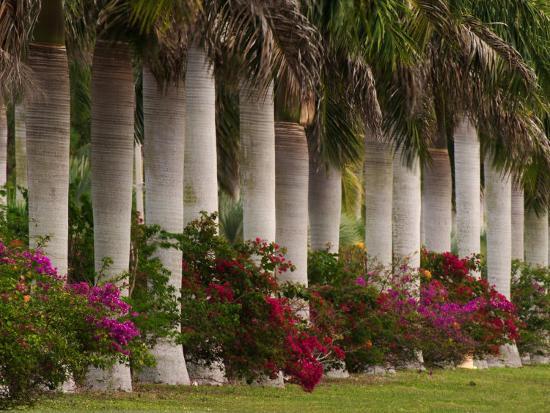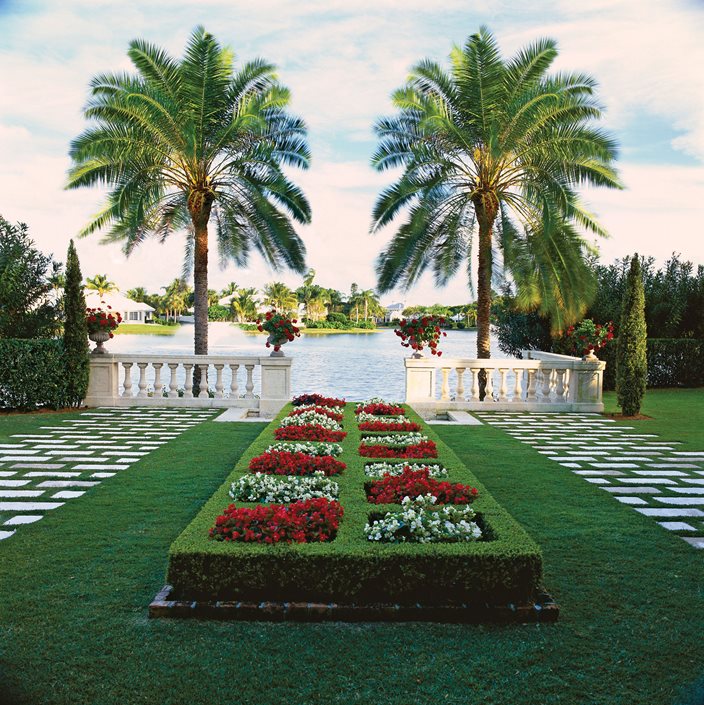Fort Myers, Florida. USA.
The Calusa or Shell Indians.
The Calusa or "Shell Indians" were the ruling tribe of the Florida Peninsula. Artifacts were found of intricate carved statues of animals and wooden masks.A statue of a panther or a cat called "Marco Cat "is now on show in the Smithsonian Museum in Washington DC. Unlike other other Indians of the area they were not agricultural but existed on fish, shellfish and game. They tied canoe's together in a catamaran style and traveled possibly as far as Cuba and possible the Yucatan Peninsula called Cancun today. Enormous hills of of shell mounds can still be seen all over constructed by these early inhabitants of the area.
Marco Cat.
The Calusa discovered many wrecks of Spanish trade ships washed upon their shores filled with silver ,gold and precious gems. The Indians were more interested in the tools, clothing and food.Some ships held survivors who were traded for Indian captives .They hated the Spanish and killed all they could find.
In 1612 Lieutenant Juan Rodriquez de Cartaya arrived on a peace mission from St Augustine . He was greeted by more than 60 canoes filled with Calusa Indians welcoming him, His mission was to bring monks to Christianize the Indians. They wanted nothing to do with the monks but welcomed traders.
To protect their trading routs the Spanish sent Pedro Menendez de Aviles to the area. He was a ruthless man that killed many Indians and their families. In February of 1566 Melendez arrived at the mouth of the Caloosahatchee river . A suntanned man in a canoe welcomed the ship .He turned out the be one of fourteen Spanish survivors who were rescued by the Indians a few years back. Carlos acted as a translator between the Spanish and the local Calusa chiefs. Menendez left Francisco de Reinoso in charge to establish a fort and called the area San Anton . During December of 1568 the Spaniards eventually tricked Carlos and some twenty of the Indians to come to the fort where they were killed. The Calusa retaliated by isolating the fort and forcing the Spaniards to flee.Unbeknown to either group the Spanish brought diseases of small pox, measles and yellow fever. Between the diseases and the arrival of slave traders, the once proud tribe of the Calusa was extinguished.
The Seminole Indians.
There places were filled by the Seminole tribes that came to Florida from Georgia , Alabama and South Carolina and were known as the Creek Indians.Some run away slaves also sought refuse with the Indians. In 1845 Florida became the 27th state of the USA .In 1848 Congress passed a bill granting all the lands to the state of Florida .The Seminole tribes never conceded to the USA army and was chased deep into the Everglades
In 1855 only 500 Seminole Indians remained deep in the Everglades and their chief Billy Bowlegs only surrendered when the army took his granddaughter and other women as hostage.Him and 124 of his followers boarded the steamer "Grey Cloud" on the way to an Indian Reservation in the West.
Fort Myers 1850.
Born: May 14, 1811 in Georgetown, SC
Died: June 20, 1889 in Washington DC
Marion Twiggs -Myers . Wife of Colonel Abraham Myers.
On February 15 1850 an order came for headquarters at Fort Brooke in Tampa- establishing the post of Fort Myers named after Colonel Abraham C Myers . When completed the fort consisted of 57 buildings including and $30,000 hospital.
Map of Fort Myers 1856.
Fort Myers is constructed nine miles inland on the Caloosahathcee River. Where the river mouths into the Mexican Gulf is Punta Rassa "Flat Point" in Spanish. A small fort San Anton was established there years ago but as the upriver spot had less mosquitoes, the new community of Fort Myers was built more inland.
Jack Summerlin was a former Confederate blockade runner .As a young man he inherited 10 slaves worth more than $1,000 each. As he was a cattle man and had no interest in plantation life, he traded the 10 slaves for 6,000 head of cattle.He became the biggest cattle owner in the state and turned the old barracks at Punta Rassa into his cattle empire. He started trading with Cuba but later became a middle man and charged 25-50c per head for others to use his cattle pens and wharf. During this time the lighthouse on Sanibel Island was built to safe guard traffic into the harbor. For year Jack Summerlin and his son Samuel dominated the cattle business in Fort Myers and even built a hotel as lodgings for the cattle men. The "Summerlin House" stood there until 1906.
George Schultz.
In 1880 George Renton Schultz converted the unused barracks at Punta Rassa into an Inn. The cattle business was slowing down but another interest entered the picture. Sportsmen came to fish the water for Spanish Mackerel . King fish, Channel Bass, Sea Trout and the elusive Tarpon. Tarpon fishing became so popular the Schultz's Inn became Tarpon Inn.Winter guests included Charles B Hogg of Standard Oil, Hugh O Neil -New York department store owner, John Jacob Astor and Thomas Edison among others.
Ambrose McGregor.
On a brisk February morning in 1892, a 50-year-old
tourist from Cleveland, Ohio, slopped in his bedroom slippers down the
breezeway of the Tarpon House, his housecoat and the ends of its untied
belt flapping behind him. He had a cable to get off to John Rockefeller
in New York before he and his wife and son made their sight-seeing
excursion upriver to Fort Myers.Ambrose
McGregor, one of the major stockholders in Standard Oil, with an
estimated worth of $16 million dollars, would see past its rough
exterior to the extraordinary potential of the young town. Advised to
bring his ailing son, Bradford, to a warm climate in winter, the
McGregor's purchased the Edison’s guest house for a winter residence and
proceeded over the next years to lubricate the economy of sleepy Fort
Myers with $150,000 worth of land purchases and to finance, in 1897, the
construction of the first brick building in town.
Hugh O’Neill -Royal Palm Hotel .Fort Myers .
Like Edison and McGregor, jovial New York City
department store tycoon, Hugh O’Neill discovered Fort Myers, while on a
fishing vacation in 1893 at the Tarpon House. Shrewdly assessing the
town’s advantages, he decided that with a top-notch hotel, Fort Myers
could become the leading winter resort in Southwest Florida. When he
announced to his friends in Fort Myers his plans to build one, glasses
clinked and cheers rang out into the street.O’Neill
put Fort Myers on the map as a tourist destination. When his
ultra-modern Fort Myers Hotel (later renamed the “Royal Palm Hotel”)
opened in 1898, he hired a publicity agent to write up the fishing
exploits and social activities of the hotel’s upper-crust guests for
distribution to every major newspaper in the U.S. Many of these guests
would build winter homes here and return to help build a city. One of
them was Montana cattleman John T. Murphy, who built the
Murphy-Burroughs home and helped found the First National Bank of Fort
Myers.
Thomas Edison,
One of the most famous and prolific inventors of all time, Thomas Alva Edison exerted a tremendous influence on modern life, contributing inventions such as the incandescent light bulb, the phonograph, and the motion picture camera, as well as improving the telegraph and telephone.
Edison made the decision to purchase the land to develop his "Garden of Eden" after visiting the quaint river town of Fort Myers in 1884 .He acquired the thirteen acre tract from Jacob Summerlin's son Samuel for $2,750. an exorbitant price for that time. He envisioned a winter haven far from the hustle of New York City -with his own botanical garden. He planned to build a house and a laboratory on the banks for the Caloosahatchee river. Early in 1887 Edison immediately went to work putting electric plant into operation.The lights at Seminole Lodge -as Edison called his estate ,were turned on for the first time on Saturday night March 27 1887- a history making event .Almost everyone in town strolled over to observe the miracle of the invention.
Edison regarded nature as an endless source of inspiration and through his undaunted efforts Mcgregor Avenue became the majestic scenic boulevard we see today- lined with Royal Palms and the reason for the "City of Palms "nickname.
Thomas Edison ,Henry Ford and tire maker Harvey Firestone form the Edison Botanical Research Corporation to search for a natural rubber plant that can be grown in the United States. Edison discovers that goldenrod, which is suited to the local climate, yields a good percentage of latex for rubber production. It is later named Solidago Edisoniana in his honor.
Respected American naturalist John Burroughs and automobile magnate Henry Ford arrive in Fort Myers to much fanfare. The Edison's and their friends, including Burroughs and Ford, embark on a camping trip into the Everglades, setting in motion a decade of colorful outdoor adventures that would achieve national publicity with the three men being dubbed “The Vagabonds.”
Henry Ford purchases his home next door, naming it "The Mangoes."
000
Edison + Ford Estate's today.
Downtown Fort Myers.
Fort Myers Beach
The Islands around Fort Myers.

José Gaspar."Pirates of the Caribbean"
José Gaspar also known by his nickname Gasparilla supposedly lived c. 1756 – 1821, is an apocryphal Spanish Pirate who is claimed to have roamed and plundered across the Gulf of Mexico from his base in South West Florida . Details about his early life, motivations, and piratical exploits differ in different tellings. However, the various versions agree that he was a remarkably active pirate during Florida's second Spanish period (which spanned from 1783 until 1821), that he amassed a huge fortune by taking many prizes and ransoming many hostages, and that he died by leaping from his ship rather than face capture by the U S Navy leaving behind an enormous and as-yet undiscovered treasure. He used Gasparilla Island as well as Sanibel and Captiva Islands for his pirate hide out .Rumor has it he buried his treasures on Sanibel Island and built a prison on Captiva Island were he held his hostages.The first appearance of a harbor on Sanibel appears on a map of 1765: listed as Puerto de S Nibel. An official Spanish map of 1768 identifies the whole island by the same name and this seems most likely to be the origin of Sanibel. Experts think that the port was named by Juan Ponce de León after Queen Isabella I of Castile. He had attempted to settle on the island in June 1513 but was chased off by the Calusa Indians who remained the only inhabitants on the island until the arrival of the Spanish
In 1928 a ferry service began to and from the mainland. On June 25, 1928 the first Kinzie Ferry sailed from Punta Rassa to Sanibel. It carried not only visitors but their horseless carriages which were often seen driving on the beaches. Henry Ford and Thomas Edison visited the island regularly looking for new plant species and shells for study and identification.In May 1963 a causeway linking Sanibel and Captiva to the mainland was opened. The resulting explosion of growth led to islanders incorporating the City of Sanibel in order to control development in the interests of wildlife, the natural beauty of the island and residents. The original causeway was replaced in 2007; and features a “flyover” span tall enough for sailboats to pass under, replacing the old bridge’s bascule drawbridge span.
Sanibel today retains the charm and natural beauty that has always characterized the island and creates a backdrop of nature’s unspoiled and enduring creations to frame the modern amenities of the hotels and resorts along the Gulf coast. They provide the comfortable accommodation and easy access to the island’s attractions enjoyed annually by visitors and residents.Sanibel is one of the most sought-after vacation destinations in the U.S. The white sand beaches and sunsets are unlike anything you'll see anywhere else. There's a feeling of magic in the air. The Island is only 12 miles long and five miles wide, but it's teeming with character and classic Florida charm.In fact,the island is known as one of the shelling capitals of the world due to its unique geographic location, which allows the Gulf of Mexico to scoop up all types of shells and deposit them onto the island's beaches.More than half of Sanibel is protected conservation land and wildlife refuges.
Milton Ernest "Robert" Rauschenberg (October 22, 1925 – May 12, 2008)
Captiva Island.
Was an American painter and graphic artist whose early works anticipated the pop art movement. Rauschenberg is well known for his Combines (1954–1964), a group of artworks which incorporated everyday objects as art materials and which blurred the distinctions between painting and sculpture. Rauschenberg was both a painter and a sculptor, but he also worked with photography,printmaking and performance.Rauschenberg received numerous awards during his nearly 60-year artistic career. Among the most prominent were the International Grand Prize in Painting at the 32nd Venice Biennale in 1964 and the National Medal of Arts in 1993.Rauschenberg lived and worked in New York City and on Captiva Island Florida until his death on May 12, 2008.




Thomas Edison was quoted as saying"
THERE IS ONLY ONE FORT MYERS AND 90 MILLION PEOPLE ARE GOING TO FIND IT OUT'
Thanks for information taken from the book:-
HISTORIC LEE COUNTY
by Pamela Sustar.






































Henry retired, moved to Florida and after a long illness died at the age of 74 on 11 February 2023. RIP
ReplyDelete